





 |
 |
 |
 |
 |
 |
| Abdul Sharif | profile | all galleries >> Pics of myself around town >> blah >> Louisville Photo Galleries >> Pics of myself around town >> Louisville Neighborhood Gallery's >> West Louisville >> Parkland Snapshots | tree view | thumbnails | slideshow |
| previous page | pages 1 2 3 ALL | next page |
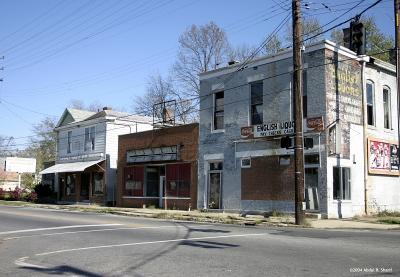 IMG_2040.jpg |
 IMG_2041.jpg |
 IMG_2042.jpg |
 IMG_2043.jpg |
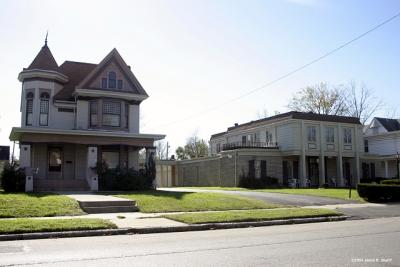 IMG_2044.jpg |
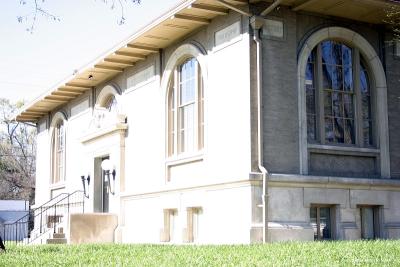 IMG_2045.jpg |
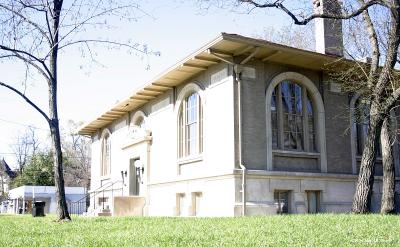 IMG_2046.jpg |
 IMG_2048.jpg |
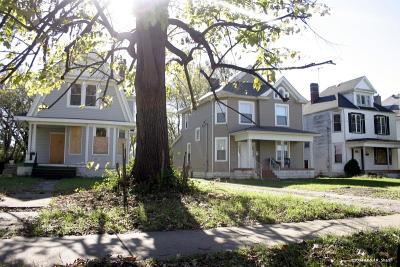 IMG_2049.jpg |
 IMG_2050.jpg |
 IMG_2051.jpg |
| previous page | pages 1 2 3 ALL | next page |
| comment | share |
| Ed Drane | 04-Dec-2007 15:47 | |
| neighbor | 02-Nov-2005 05:11 | |
| Nancy Ehlke | 12-Sep-2005 12:42 | |